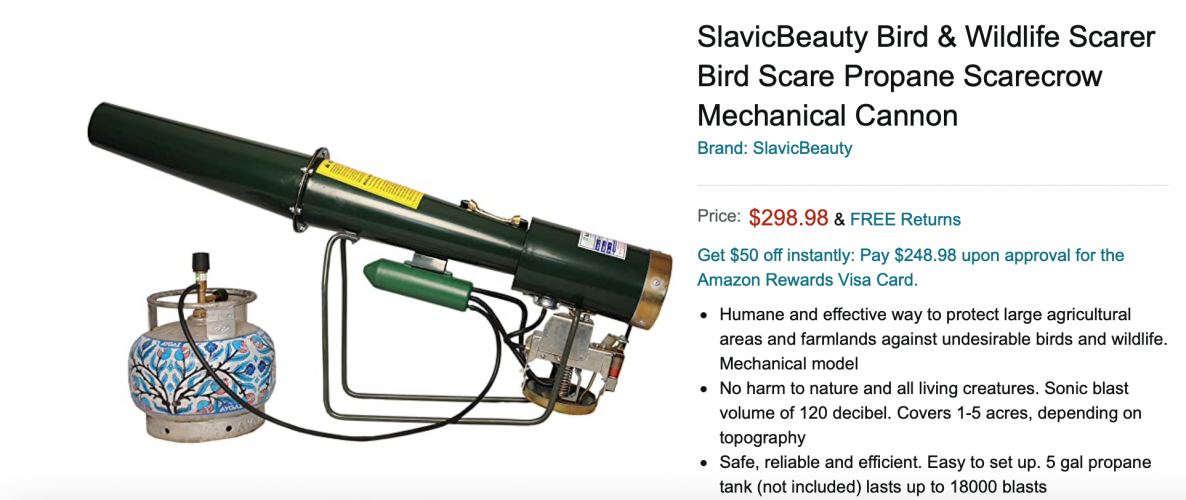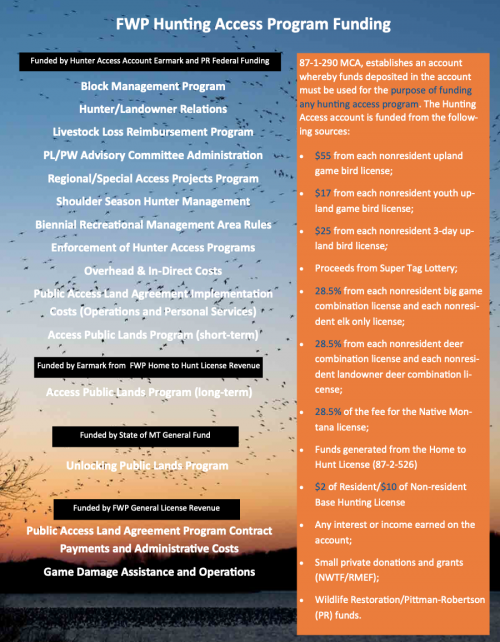To echo what has been said... it needs to be quantified how many elk there really is, and real management on a unit by unit basis needs to happen. There should be real population targets, with goals, including distribution, bull:cow ratio, with real plans of obtaining them, backed up with real harvest numbers from mandatory surveys. (I got
a harvest survey call again last week and I didn’t even have a Montana tag last year)
Montanans need to demand better and be willing to pay for it. $20 elk tags are a joke. You can’t put a $20 price on 10 weeks of general hunting and expect people to value the resource.
a harvest survey call again last week and I didn’t even have a Montana tag last year)
Montanans need to demand better and be willing to pay for it. $20 elk tags are a joke. You can’t put a $20 price on 10 weeks of general hunting and expect people to value the resource.






